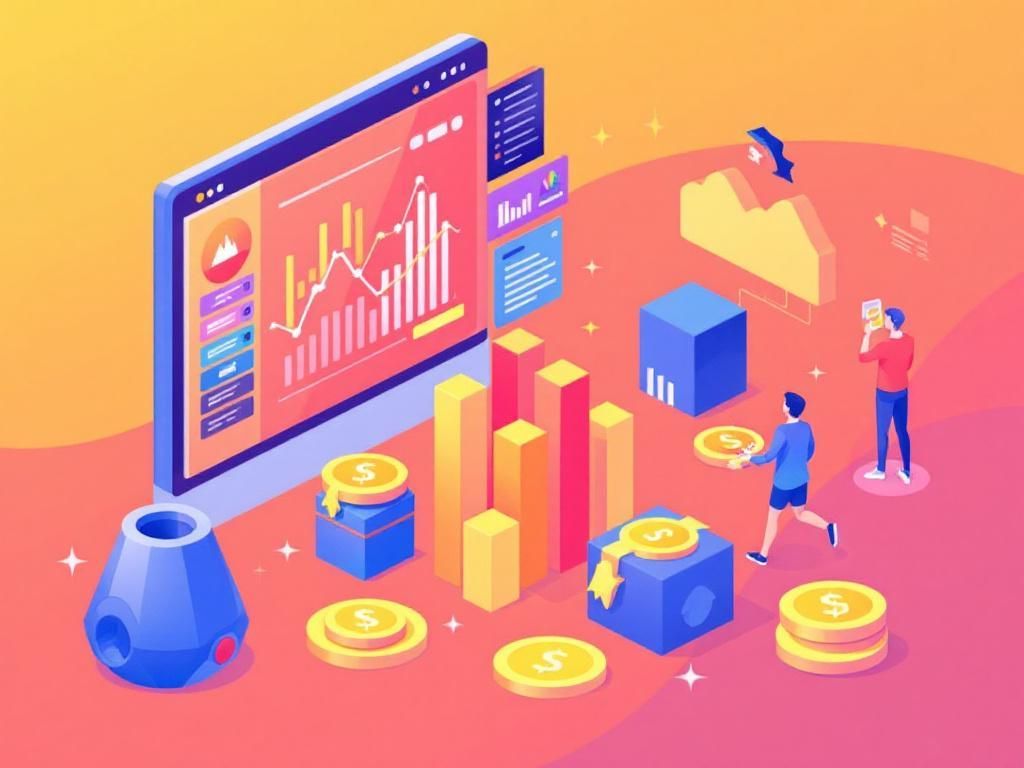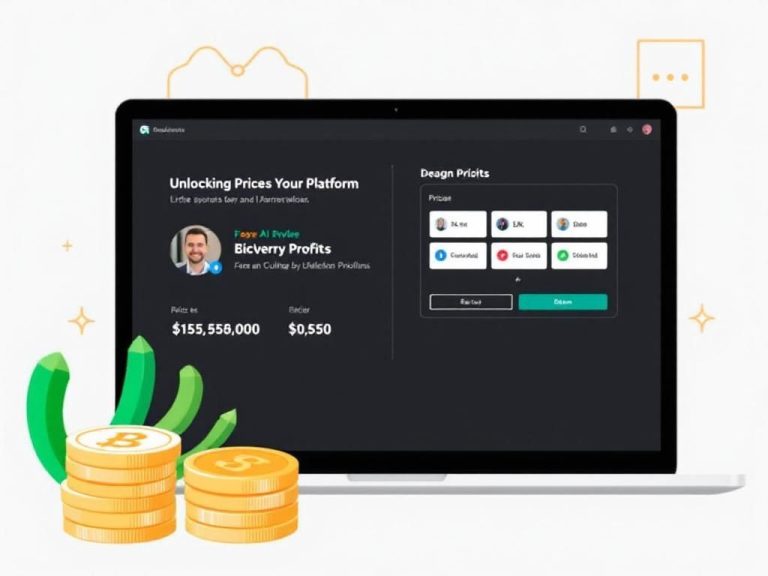In today’s fast-paced market, businesses are constantly seeking new ways to enhance their sales strategies. One of the most promising advancements in this area is the use of Artificial Intelligence (AI) forecasting tools. These tools can revolutionize how companies predict customer behavior, optimize inventory, and ultimately boost sales. As we look ahead to 2025, understanding the capabilities of AI forecasting tools and how they can be leveraged is crucial for any forward-thinking organization.
Understanding AI Forecasting Tools
AI forecasting tools utilize machine learning algorithms and data analytics to predict future trends based on historical data. They analyze vast amounts of data from various sources, including customer transactions, market trends, and social media interactions, to generate accurate forecasts. Here are some key components of AI forecasting tools:
- Data Collection: The first step involves gathering relevant data from multiple sources.
- Data Processing: This involves cleaning and organizing the data to ensure its accuracy.
- Algorithm Development: Machine learning algorithms are developed to analyze the data and identify patterns.
- Prediction Generation: The tool generates forecasts based on the analyzed data.
Why Businesses Need AI Forecasting Tools
Businesses of all sizes can benefit from AI forecasting tools in several ways:
- Enhanced Accuracy: With the ability to analyze large datasets, AI tools provide more accurate forecasts than traditional methods.
- Improved Decision Making: Accurate predictions enable businesses to make informed decisions regarding inventory, staffing, and marketing strategies.
- Cost Efficiency: By optimizing stock levels and reducing waste, companies can save on costs.
- Customer Insights: AI forecasting tools help organizations understand customer behavior and preferences better.
Key Features of AI Forecasting Tools
When evaluating AI forecasting tools, businesses should consider several key features. Here’s a breakdown:
| Feature | Description |
|---|---|
| Real-Time Data Analysis | Ability to analyze data as it becomes available. |
| Integration Capabilities | Seamless integration with existing systems (CRM, ERP, etc.). |
| User-Friendly Interface | Intuitive dashboard for easy navigation and understanding. |
| Customizable Algorithms | Tailored algorithms that fit specific business needs. |
| Scalability | Capability to handle growing amounts of data as the business scales. |
Types of AI Forecasting Models
There are various types of AI forecasting models that businesses can utilize, depending on their needs:
- Time Series Models: Predictions based on historical data points at regular intervals.
- Regression Models: Analyzing relationships between different variables to predict outcomes.
- Machine Learning Models: Utilizing algorithms that learn from data patterns and improve over time.
Implementing AI Forecasting Tools in Your Business
Implementing AI forecasting tools requires a structured approach to ensure successful outcomes. Here’s a step-by-step guide:
- Define Objectives: Clearly outline what you want to achieve with AI forecasting.
- Choose the Right Tool: Select an AI forecasting tool that meets your business needs.
- Data Preparation: Ensure your data is clean, relevant, and organized.
- Model Training: Train the forecasting model using historical data.
- Testing and Validation: Validate the tool’s predictions by comparing them with actual outcomes.
- Monitor and Adjust: Continuously monitor the tool’s performance and make necessary adjustments.
Case Studies: Success Stories
Several companies have successfully implemented AI forecasting tools, leading to significant improvements in sales and operations:
Company A: Retail Sector
Company A implemented an AI forecasting tool that improved their inventory management. By predicting demand more accurately, they reduced stockouts by 30% and increased sales by 15% within six months.
Company B: E-commerce
Company B utilized AI-driven customer behavior forecasting, allowing them to tailor marketing efforts. As a result, they saw a 25% increase in conversion rates and enhanced customer satisfaction.
Challenges in Adopting AI Forecasting Tools
While AI forecasting tools offer numerous benefits, businesses may face challenges when adopting them:
- Data Quality: Poor quality data can lead to inaccurate predictions.
- Resistance to Change: Employees may be hesitant to adopt new technologies.
- High Initial Costs: Investment in AI technology can be substantial.
Tips for Overcoming Challenges
To mitigate challenges associated with AI forecasting tools, consider the following tips:
- Invest in Data Management: Ensure data is of high quality and reliability.
- Train Employees: Provide training to help staff adapt to new systems.
- Start Small: Begin with pilot programs before full-scale implementation.
The Future of AI Forecasting Tools
As we move towards 2025, the future of AI forecasting tools looks promising. Innovations in AI technology such as natural language processing and advanced machine learning techniques are expected to enhance predictive capabilities further. Here are some trends to watch:
- Increased Automation: More processes will become automated, reducing the need for manual intervention.
- Better Personalization: AI tools will be able to create highly personalized customer experiences based on predictive analytics.
- Greater Integration: AI forecasting tools will integrate more seamlessly with various business systems.
Conclusion
AI forecasting tools are set to play a pivotal role in boosting sales for businesses across industries by 2025. By harnessing the power of AI, organizations can make data-driven decisions, optimize their operations, and understand their customers better than ever before. As the technology continues to evolve, companies that embrace AI forecasting will undoubtedly gain a competitive edge in the marketplace.
FAQ
What are AI forecasting tools and how do they boost sales?
AI forecasting tools use machine learning algorithms to analyze historical sales data and predict future trends, helping businesses make informed decisions to boost sales.
How can businesses implement AI forecasting tools in their sales strategy?
Businesses can implement AI forecasting tools by integrating them with their existing sales software, training staff on usage, and continuously refining the algorithms with new data.
What are the benefits of using AI for sales forecasting?
The benefits of using AI for sales forecasting include improved accuracy, faster decision-making, better resource allocation, and enhanced ability to identify market trends.
Are there any specific industries that benefit the most from AI sales forecasting?
Industries such as retail, e-commerce, and manufacturing often see significant benefits from AI sales forecasting due to their reliance on accurate demand predictions.
What should I consider when choosing an AI forecasting tool?
When choosing an AI forecasting tool, consider factors such as ease of integration, scalability, user-friendliness, and the specific features that align with your business needs.
How will AI sales forecasting evolve by 2025?
By 2025, AI sales forecasting is expected to become more sophisticated with advancements in data analytics, increased automation, and enhanced predictive capabilities, further transforming sales strategies.




